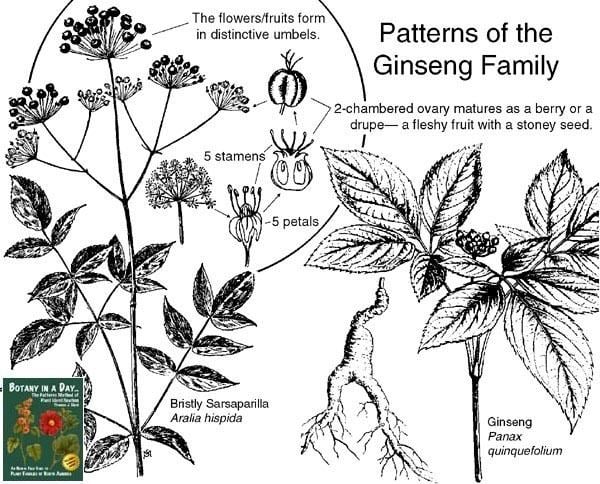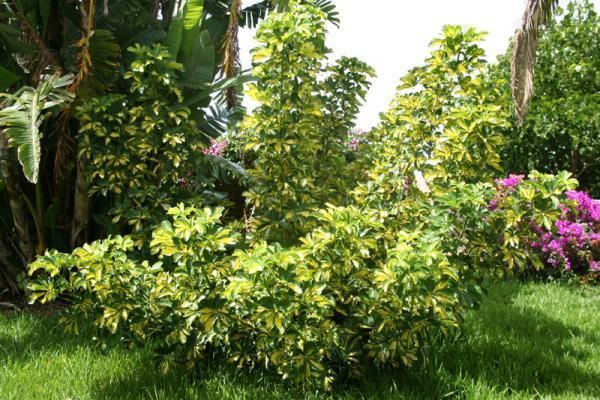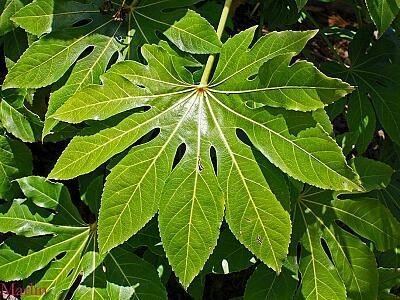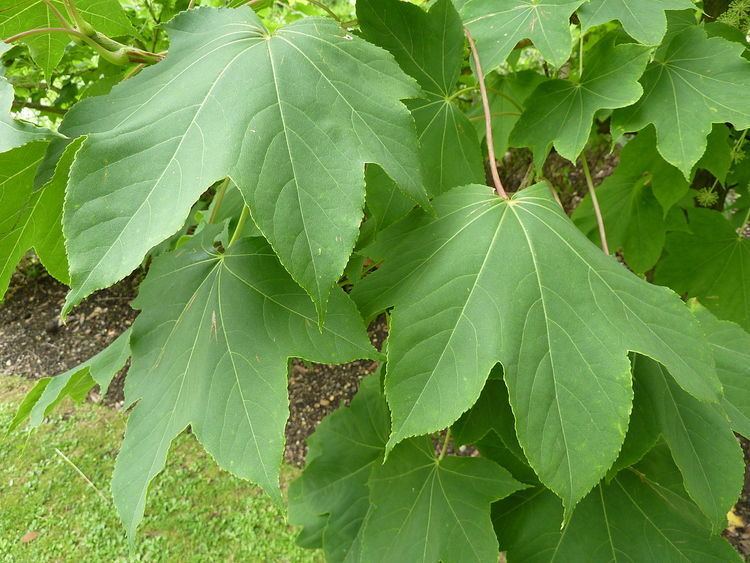Scientific name Araliaceae Rank Family | ||
 | ||
Lower classifications Common ivy, Ivy, Schefflera, Spikenard, Siberian Ginseng | ||
Schefflera arboricola dwarf umbrella tree araliaceae arbusto cheflera
The Araliaceae are a family of flowering plants, also known as the aralia family (after its type genus Aralia) or ivy family. The family includes 254 species of trees, shrubs, lianas, and perennial herbaceous plants in two subfamilies. Species usually bear pinnately or palmately compound leaves, and usually have small flowers produced in large panicles.
Contents

Overview

The family from tropical area origin is present in cooler climates, too. They are found in the Americas, Eurasia, Africa, Australia, New Zealand, New Caledonia, and Pacific islands. Araliaceae bear essential oils, or without essential oils can be resinous and heterophyllous. It presents many shapes, includes some trees and ivies as the angelica tree (devil's walking-stick, Aralia spinosa), the devil's club (Oplopanax horridus), Hedera spp., including Hedera helix and herbs as ginseng Panax spp., a native of Korea and used as medical herb. Leaves are simple or compound, sometimes lauroid (resembling Laurus) or peltate, or not peltate; when compound, they are ternate, pinnate, or palmate.

The systematics of the Araliaceae are currently under study, and taxonomic changes and novelties are to be expected. Endemic Araliaceae are found in the pluvial montane forest, very humid montane, and humid lowland river forest regions. They are present, too, in laurel forest, cloud forest, and warm, humid habitats. The family is closely related to the Apiaceae and Pittosporaceae, and the boundaries between these families and other members of Apiales are still uncertain. Some recent systems included Araliaceae in an expanded Apiaceae, but this has not been widely followed. Molecular phylogenies suggest at least some of the genera traditionally included in Apiaceae as subfamily Hydrocotyloideae appear to be more closely related to Araliaceae, and the inclusion of Hydrocotyle and Trachymene in Araliaceae has been recommended.

The generic level classification of the Araliaceae has been unstable; in particular, numerous genera have been synonymized under Schefflera. Recent molecular phylogenies have shown this large pantropical genus is polyphyletic and some believe it should be divided again into several genera, though these would probably not correspond with the previously recognized genera.

